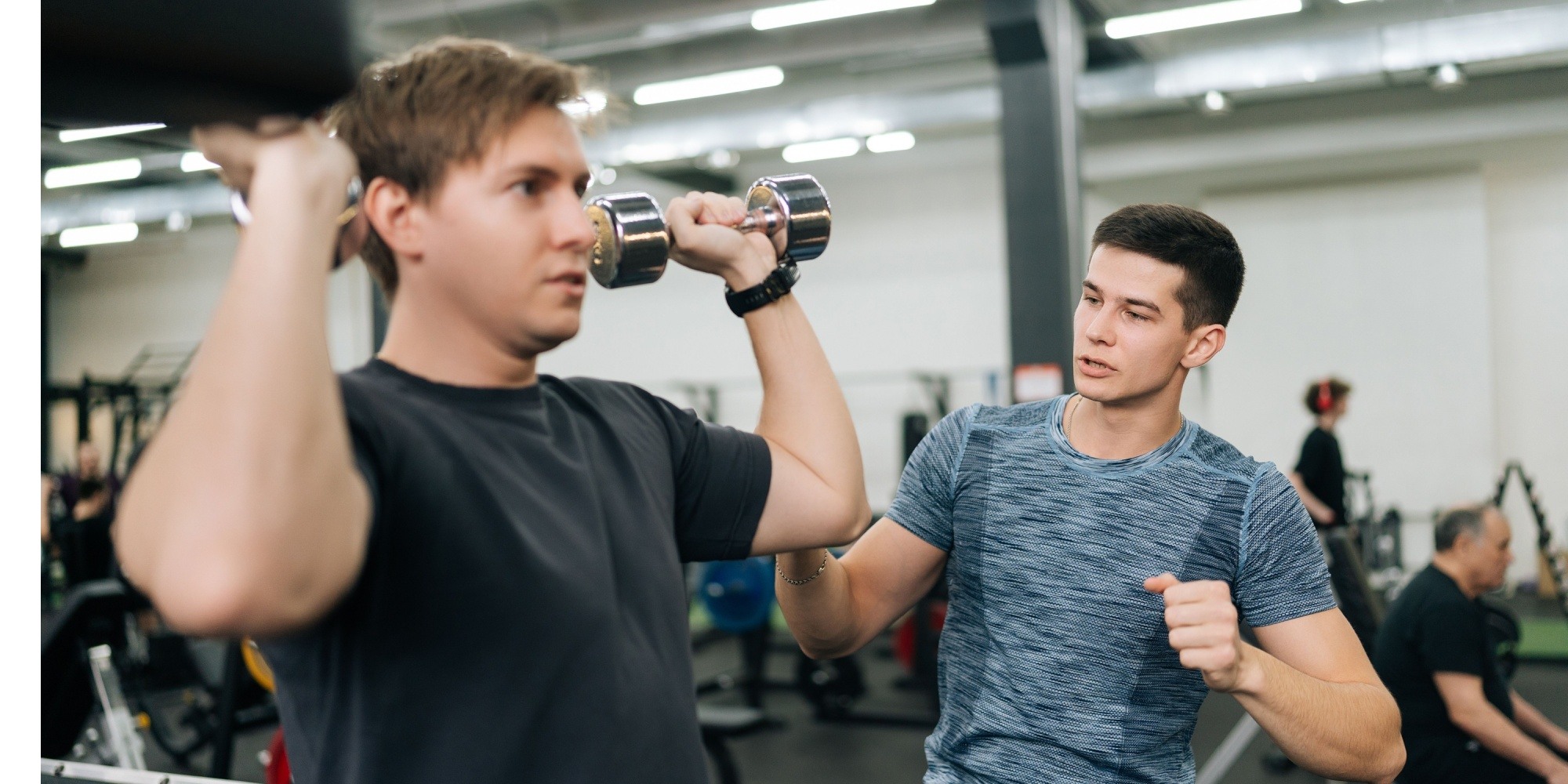Are Split Routines Better than Full Body?
Jul 1, 2024 mindpumpChoosing whether a body part split routine or a full body routine is better can be debated by numerous factors from an optimization standpoint. Ultimately, it comes down to preference. You should always experiment with different types of programming to see which you enjoy the most, and can see yourself sticking with the longest. Having said that, I will give you some factors to consider.
Full Body Workouts
Consistency – One advantage of the full body versus the body part split is that it works for a person whose schedule may be scattered. For example, I travel a lot. If I had to skip chest day because I was on a plane, that means I’d have to wait an entire week before I could hit that muscle again. For me, that doesn’t make much sense. When utilizing a full body routine, I can just hit it again during my next workout. Full body routines are great because you are hitting every muscle each work out, so even if you skip a day, you can still get back on track.
Frequency – If you are trying to get stronger, hitting the same muscle groups can be an advantage. I could squat 3 times a week and hit different intensities each time so as to not over stimulate my nervous system, but allow myself time to practice the technique more often. From a bodybuilding standpoint, our muscle building signal goes down after 24-48 hours when we hit a muscle. Knowing this, we’d want to maximize that signal as soon as it came back down. A full body approach allows you to keep that signal elevated.
Progression – Progression and adaptation have better potential for growth. A chest day usually consists of maybe 4-5 exercises. By the time you get to the 5th exercise, your chest is wrecked and your load will be very light. Imagine instead, spreading those 5 exercises over 3 workouts. You can hit the same exact exercises fresher, allowing you to then use more weight than on a split. Ultimately, muscle growth is that ability to progressively overload.
Split Routines
Specialization – Going with a body part split can allow you to fully attack a muscle from all angles and ranges. You can utilize the 4-5 exercises to make sure you are maximally fatiguing the muscle in that workout. This can help with better sarcoplasmic hypertrophy.
Volume – For those more advanced, they tend to like a split approach because it allows them to get more volume in for a given muscle. After your first 5-8 years of serious lifting, you may find you need more volume or sets to elicit change in a given muscle.
Time – Some find it way too hard to do one exercise per muscle in a single workout. They feel it ends up being a lot of exercises and taking a lot of time in the gym to complete. They also worry if too many compound movements are stacked with each other, it can be rather exhausting. Careful programming needs to take place.
It really comes down to preference. If you are a beginner, I would recommend a full body routine. That allows you to send the appropriate signal to grow at a frequency that allows you to hit the same volume fresher. If you are more advanced, you may find you need a body part split approach to get more volume in a given session for each muscle.







